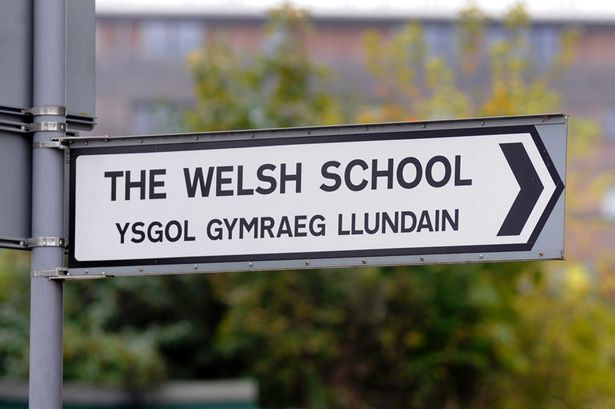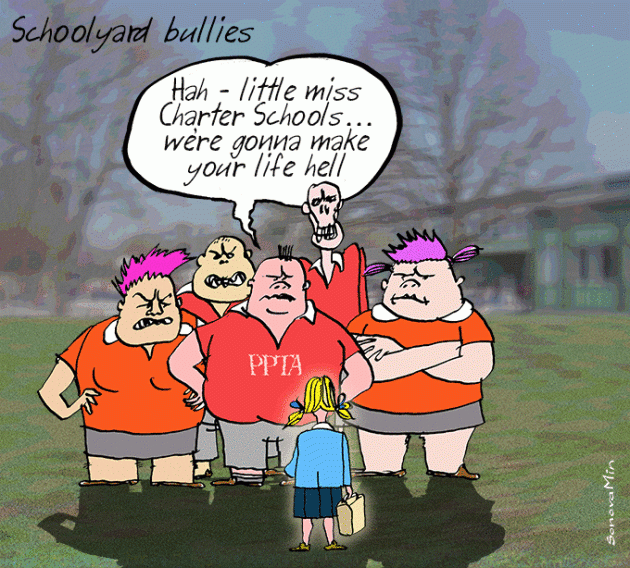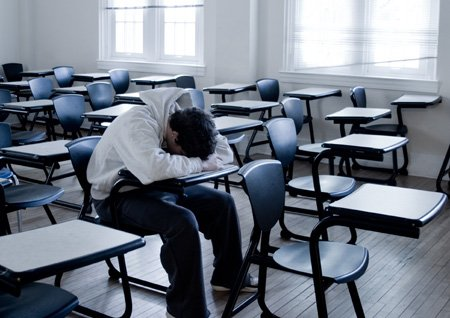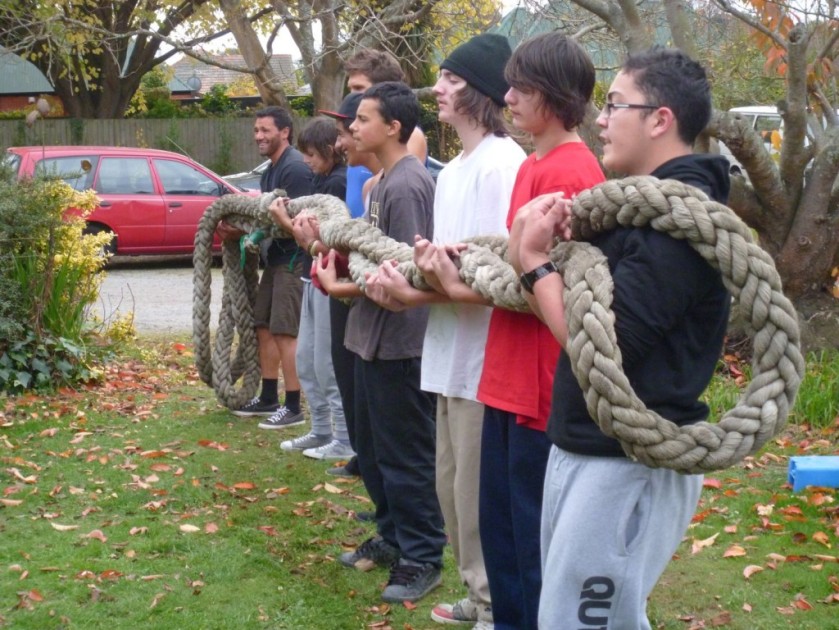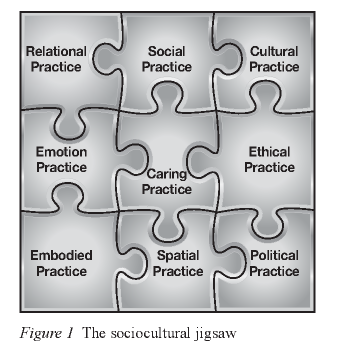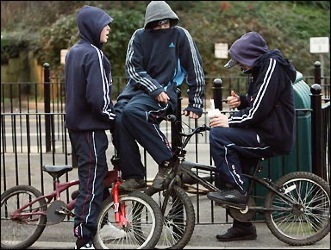
“The dogmas of the quiet past, are inadequate to the stormy present. The occasion is piled high with difficulty, and we must rise with the occasion. As our case is new, so we must think anew and act anew. We must disenthrall ourselves, and then we shall save our country.”
Abraham Lincoln said this to Congress in 1862. I propose it applies today, not just to the political plight in the US, but also to education and to the stormy present of the classroom occasion. Great teaching relies on things that have been around for ages: good subject knowledge, good classroom control, good communication skills, passion for your subject and for the learners. It has nothing at all to do with the learning environment or does it?
Education researcher John Hattie in his book Visible Learning makes it clear what the main determinants of improved student learning are “when teachers seek evidence of their impact on students, who inform students early what success looks like especially about surface and deep learning, who provide appropriate levels of challenge and feedback”. Modern learning environments (MLE’s) don’t even get a mention. Hattie’s research says that teachers providing immediate feedback to students and the positive relationships that teachers are able to make with their students have the greatest impact on student achievement. Auckland Grammar’s teaching pedagogy of direct instruction, is listed as Hattie’s third most powerful teacher factor in raising student achievement and they don’t use modern learning environments, nor do AGS’s results suggest the need for them to change.
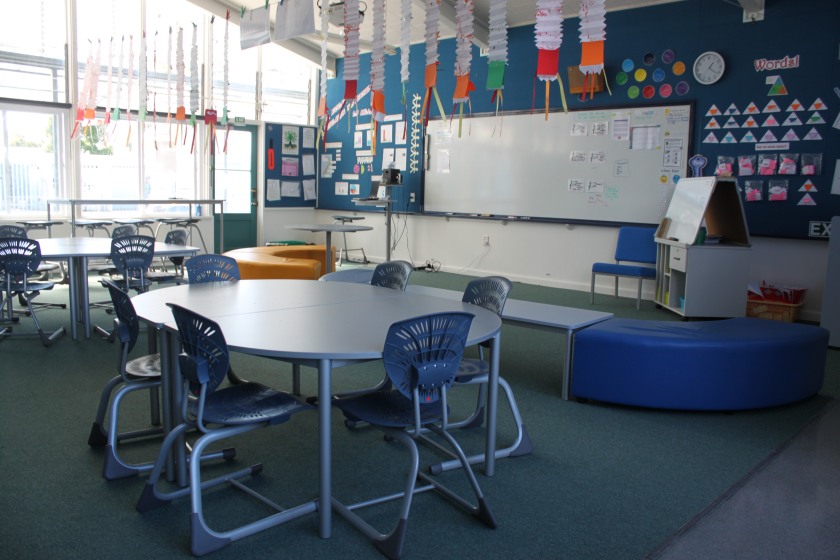
Mark Wilson (2015) investigated the effectiveness of MLE’s on student learning and achievement. His research showed consistently that “improvements in quality of physical spaces (e.g. sound, temperature, light) clearly improved educational outcomes. However, there is no consistent evidence that the use of open learning spaces make any positive difference to student achievement. ” He also found that there is no evidence that this generation of students so called “digital natives” learn any differently to other generations, and that proven traditional teaching practices are still effective pedagogy (e.g. direct instruction).
Ken Robinson said we have ‘sold ourselves into a fast food model of education, and its impoverishing our spirits and energies as much as fast food is depleting our physical bodies.‘ I agree that we need to change our education model from a manufacturing model, or a production line process to an organic process, much like the farmer who is creating the optimal conditions in which the learner can flourish. To me though, that doesn’t mean throw in some cushions, make all the walls bright colours, add in some dodgy laptops and call it a modern learning environment. For me, an effective environment should be personalising circumstances to those we’re teaching.
Baeten et al (2013) investigated whether a lecture-based learning environment or a student-centred learning environment deepened student learning. They found that student-centred learning was more surface level learning. It is important to note, that the teacher led learning was only deeper level learning when case-based learning was gradually implemented. Ideologically, I’d suggest creating a movement to which people develop their own learning solutions alongside external support (from the teacher and technology) with case based learning as part of a personalised curriculum. I think that technologies and teachers can revolutionise education as part of an MLE, but only if the environment lets the learner flourish. I’m not suggesting student led learning is the answer, far from it, but if you’re doing teaching in a way you love, you’ll gain energy and pass that energy on to learners as you share and empower them in the learning process, hopefully they’ll learn to a deeper level!
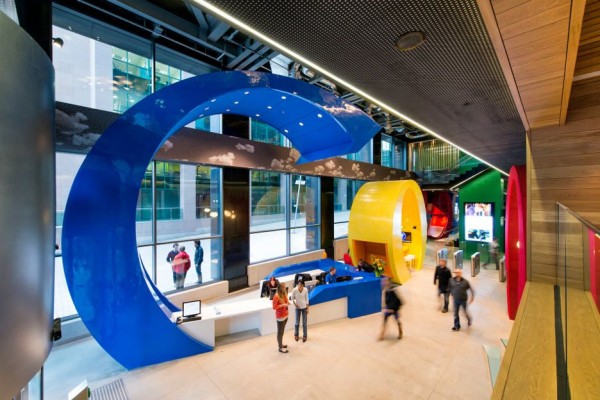
The best learning environment, modern or not, starts with the teacher understanding what the learners value, and engaging them in those areas. Learners will put in their best effort if they see the relevance or know the ‘why’. ‘Because its important’, or ‘you might need this for your assessment’ is not going to help the learner go beyond their expectations. How they learn is then crucial. I know I have limited knowledge, and that I don’t know everything but I have to be willing to explore strategies and styles of teaching I don’t yet know.
As a teacher I have the power of imagination, the power of creativity (actually we all do) to shape our lessons, units and themes of work. We should be able to create a learning environment that enables us and our learners to expand our imagination and extend our creativity. It can’t matter on the type of technology available, or the state of the room layout, but I guess it can help. Whatever the questionable motives behind renovating old schools or building new schools to have the latest MLE designs in place, if it creates an environment and a freedom for subjects to be delivered by a teacher who can be creative, flexible and passionate that is no bad thing in my view.
References
Baeten, M., Struyven, K., & Dochy, F. (2013). Student-centred teaching methods: Can they optimise students’ approaches to learning in professional higher education?. Studies In Educational Evaluation,39(Evaluating learning pattern development in higher education), 14-22. doi:10.1016/j.stueduc.2012.11.001
Hattie, J. (2015). The applicability of Visible Learning to higher education. Scholarship Of Teaching And Learning In Psychology,1(1), 79-91. doi:10.1037/stl0000021
Wilson, M. (2015) Investigating the effectiveness of modern learning environments on improving student learning and achievement. Taken from here.
